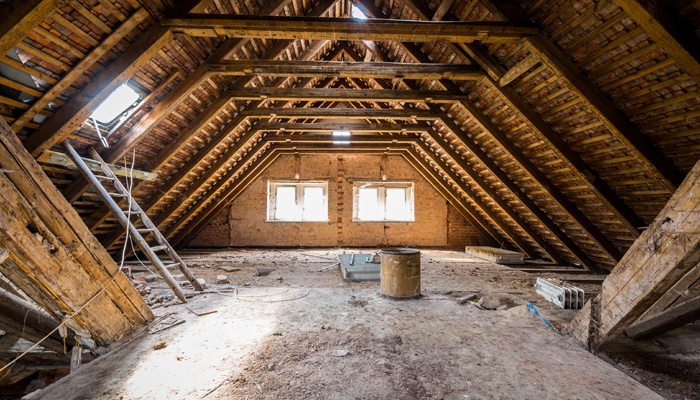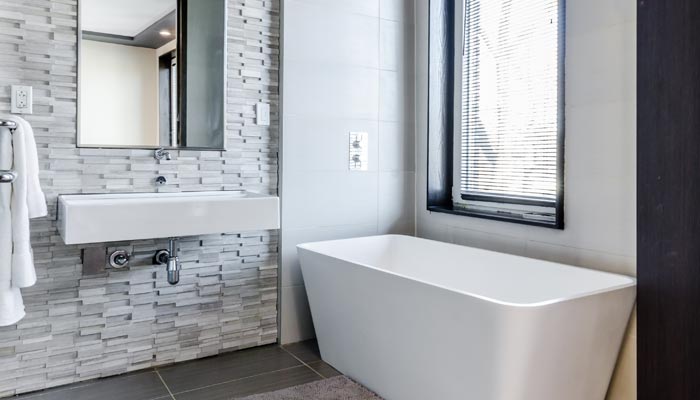Constructing your dream residence from the ground up is one of the most challenging but also the most satisfying projects one can undertake.
Planning out each step of the process and having a decisive role in each stage is a very responsible position, and most people will find it quite terrifying. This article will try and help you with each stage of building your home.
Preparing the Site
First of all the crew clears the site using a backhoe and a bulldozer. The site is then flattened up and there are wooden forms are installed for the foundation, and then holes and trenches are dug.
After that, there come the footings, which are structures where the house interacts with the ground. If you planned a well next to your house, it’s dug too. The same goes for a full basement.
Then everything gets poured with concrete, and after it cures, the crew installs a waterproof membrane to the foundation walls and any plumbing that has to go on the first-floor slab or basement floor.
Rough Work

After the foundation is done, the shell or skeleton of the house is built, which is the name for the floor systems, walls, and roof frames. There are various materials you can build the shell from, but the most common is quality timber frame construction.
Once the shell is built, it is protected by boards made of plywood or OSB (check out the OSB boards from Cut My Plastic as an example).
The boards are coated with a house wrap, a protective barrier that prevents water from infiltrating the structure. In this stage crew also installs complete rough plumbing electrical and HVAC (Heating, Ventilation, and Air Conditioning).
Insulation, Drywall, and Interior
Insulation is crucial in creating a comfortable indoor climate and increasing a home’s energy efficiency. Homes are usually insulated in all outer walls and the attic.
The most common materials are fibreglass, cellulose, and foam.
After insulation, drywall is done and the crew begins to install exterior finishes. Soon, interior items such as doors, window sills and other are installed, as well as cabinets, vanities and fireplace mantles.
Exterior and Paths
Parallel with the start of exterior finish, most of the interior decorative trims are getting installed, but that’s not all.
Exterior driveways, walkways, and paths are made too.
Some people prefer to make those at the end of house building because heavy equipment would damage the pathways, while some people put them right after the foundation, so they won’t get their shoes dirty.
Flooring, Countertops, and Bathroom

Hard surface flooring, usually ceramic, vinyl or wood, is installed next, as well as exterior finish grading.
That way proper drainage from the house is ensured, and the yard is prepared for landscaping.
After that, the crew installs light fixtures, outlets, and switches, thus completing an electrical panel. HVAC equipment is installed too, and bathroom items, such as sinks, toilets, and faucets, are put in place.
Final Steps
The last thing installed are mirrors, shower doors, and carpeting. After that, the house gets cleaned up and yard landscaping elements (grass, trees, shrubs) are planted.
Finally, your builder will walk you through your new home and show you how it looks and works. That’s the time to spot details that are required to be repaired or modified.
Conclusion
There are few more challenging and more rewarding experiences than building your own house from scratch. There are numerous things you should pay attention to, so it’s easy to forget the initial plan.
With the help of professionals and a proper outlook, the building of your home is much easier and efficient.
Just don’t forget to inspect every stage and solve any eventual dispute with your contractors before the deal is done.




